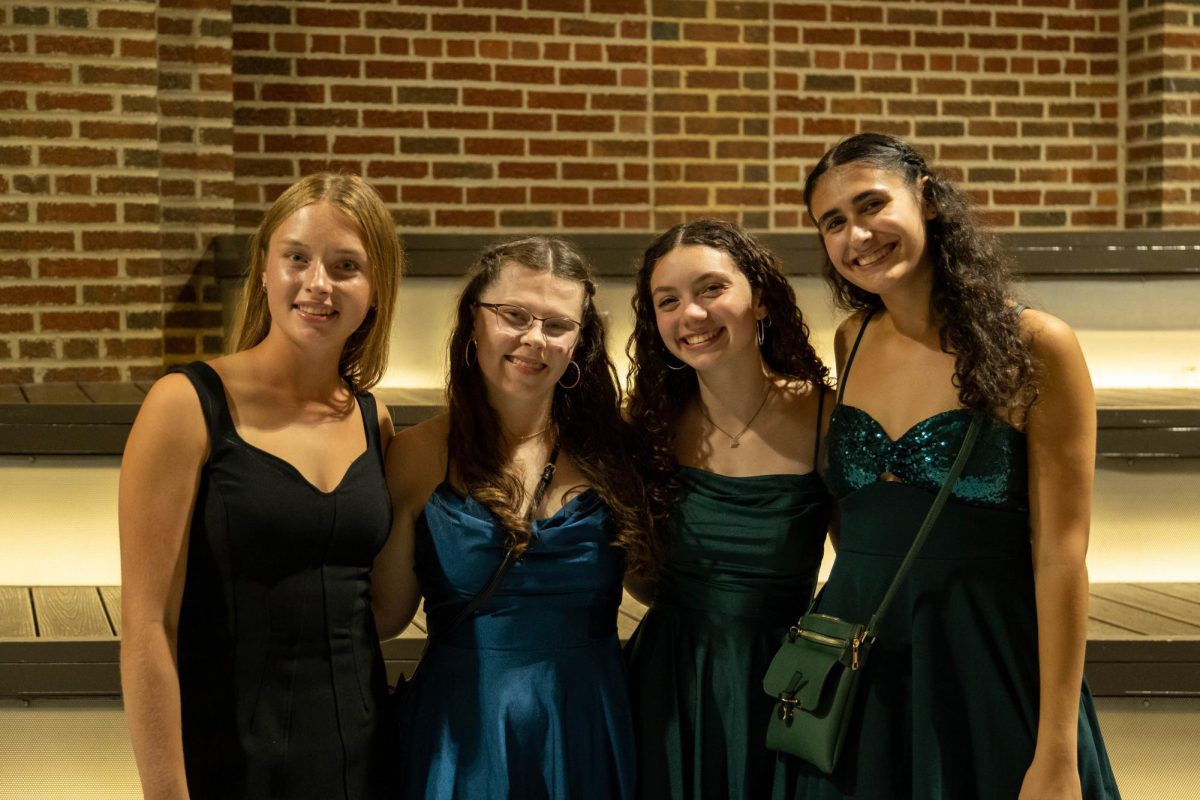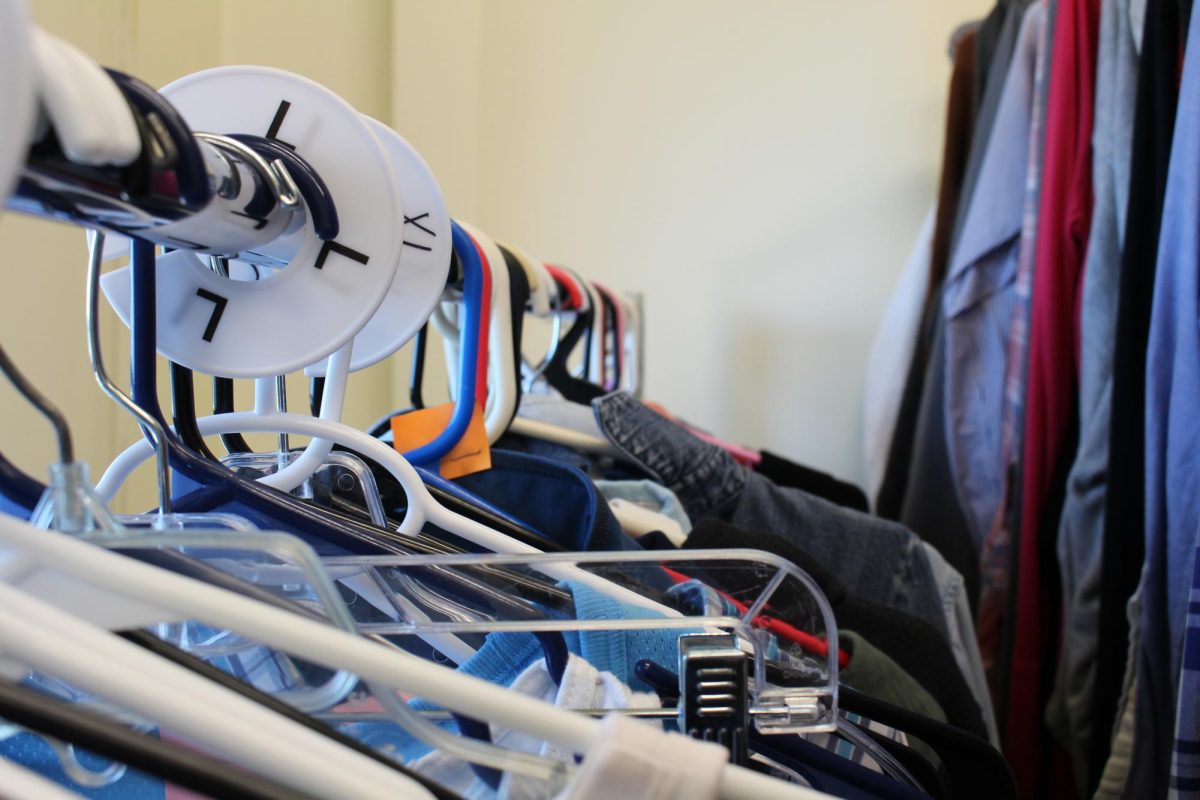Pay to play club sports open opportunities for few
September 28, 2018
Playing club sports opens up many opportunities for athletes on both high school and eventually college teams. These opportunities, however, are not available to all due to the extensive financial expenses that come with playing club sports.
In her work guiding ETHS athletes through the college recruitment process, College Bound Student Athlete Advisor Joyce Anderson has noticed that kids who play their sport outside of high school are frequently the top players on the team.
“If you’re playing club sports before you get to high school, you’ve already developed a lot of skills that other kids may just be learning,” says Anderson.
Athletes who supplement their high school sports seasons with club sports simply spend more time in practice and thus may see greater improvement.
Junior Brendan Long swims for 14 to 15 hours a week at his club, Flying Fish.
“Swimming club helps because if you swim year round there are more opportunities to improve and stay in shape,” Long says.
Playing club sports exposes athletes to a variety of coaches, each with their own area of expertise. While ETHS coaches are often more focused on the entire team, club coaches can dedicate more time to developing individual players’ skills.
“The more you play with good coaches, the better your chances are of making an upper-level team,” says Rob Fournie, a coach for the club True Lacrosse.
Freshman Maya Wallace said of the coaching at her basketball club, Evanston Elite, that because it was feeder, the coaches knew what the high school team wanted.
“I thought it was really helpful,” Wallace says. “They pushed us and trained us to the level that the high schoolers play at.”
Junior Hannah Wiltgen believes that the coaching she receives at her volleyball club, Division One, is much more individualized than the coaching at ETHS. In fact, one of the reasons she joined this club in the first place was because of the coaching.
“A lot of the coaching staff at D1 is partnered with Northwestern and that’s where I want to play,” Wiltgen says.
For many sports, playing on a club team is essential to being recruited and continuing that sport in college. In 2017, USA Today reported that among 21,233 NCAA collegiate soccer players, 95% of women and 93% men of played club. This trend is mimicked across a variety of sports including basketball, swimming, baseball and softball.
Last year, six members of the ETHS baseball team went on to play in college, and all six played on a club team.
Fournie also coaches the varsity lacrosse team at ETHS and estimates that about a third of his athletes who go on to play collegiate lacrosse played for a club.
One of the primary reasons playing club sports helps athletes as they look to be recruited for college is the added exposure. Clubs give athletes additional guidance through the recruitment process as well as more opportunities to connect with college coaches and scouts.
In fact, many clubs market themselves to athletes interested in college athletics, structuring their programs specifically around collegiate preparation. According to Senior Keara Kerr, FC United soccer club takes athletes to showcase where they can talk to and be watched by scouts.
These showcases, which are important for college recruitment, cost a lot of money with athletes needing to pay for all of their travel expenses. In addition, parents may not be able to take time off from work, making these opportunities less accessible to certain families.
Kerr has played for FC United since she was 12. During the fall of her sophomore year, she verbally committed to play soccer at Miami University of Ohio.
“On the club I play for, a lot of people’s goal is to play in college and I think being surrounded by people that have the same end goal as me was really helpful,” Kerr says.
This does not mean that playing club sports is a direct guarantee for college recruitment. Most high school athletes don’t go on to play in college, regardless of whether or not they played club sports. A 2017 survey conducted by the NCAA showed that very few high school athletes go on to play their sport in college. For example, 3.4% of high school boys and 3.5% of high school girls basketball players go on to play in college.
That said, the additional practice time, added exposure, and individualized coaching athletes receive when playing club sports increases the likelihood that an athlete will play their sport in college.
Club sports provide many opportunities for athletes, helping them improve their skills with individualized coaching and extensive practice time, while also providing a path toward college athletic participation. But when it costs thousands of dollars to join a club team, in addition to the price of equipment and travel, those opportunities are not for everyone.











